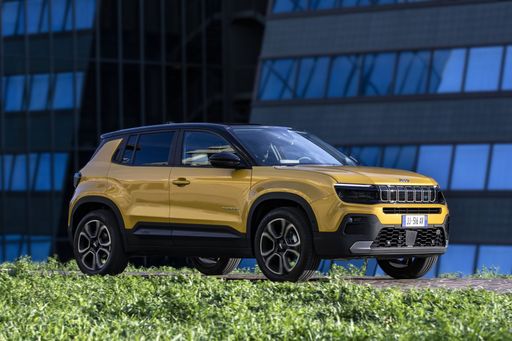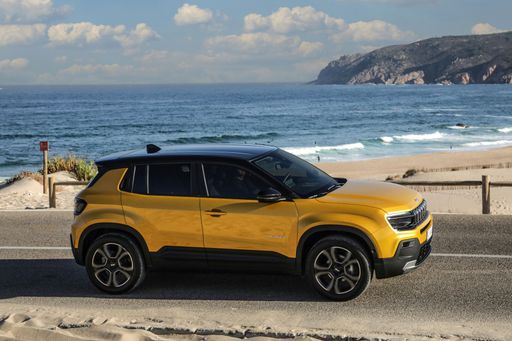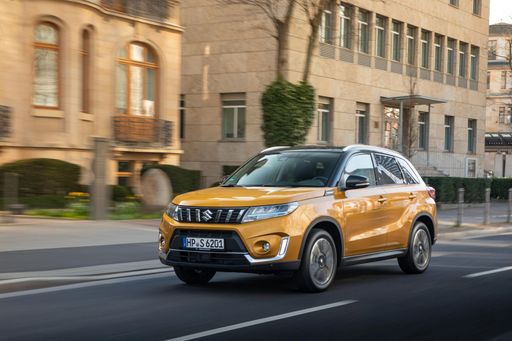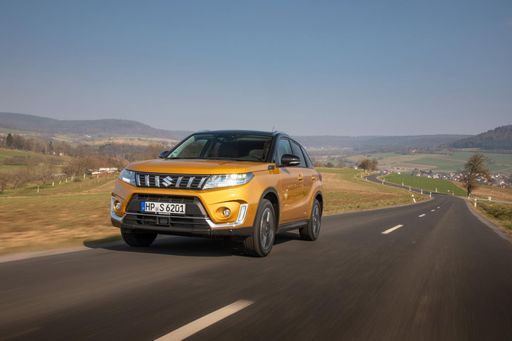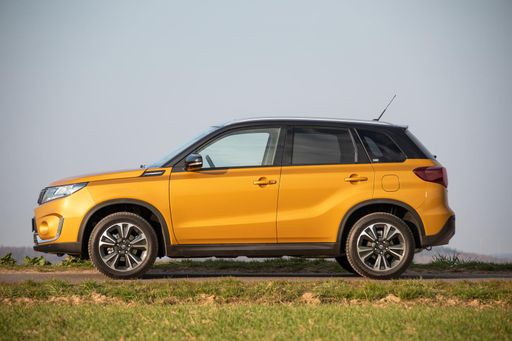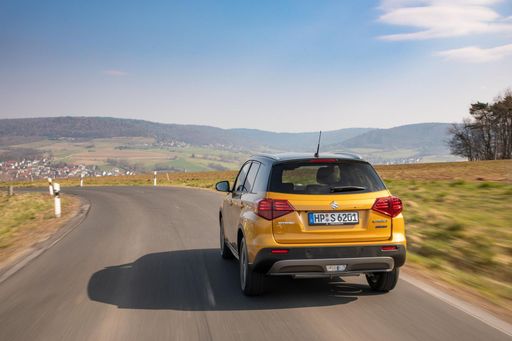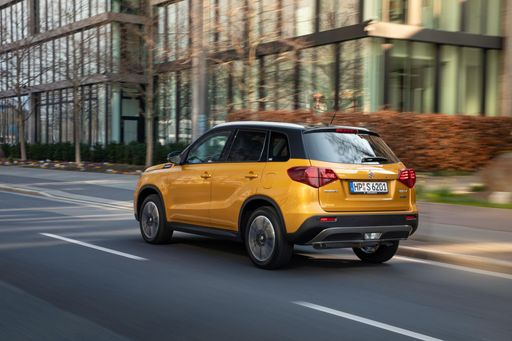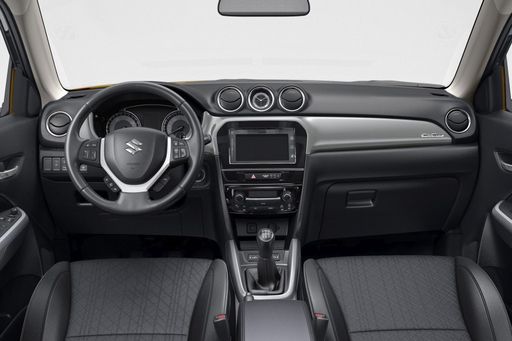Introduction: The Compact SUV Showdown
In the ever-evolving world of compact SUVs, the Jeep Avenger and Suzuki Vitara stand out as compelling options for drivers seeking versatility and modern capabilities. With a focus on technical aspects and innovative features, this article provides a detailed comparison of these two vehicles, helping potential buyers make an informed decision.

